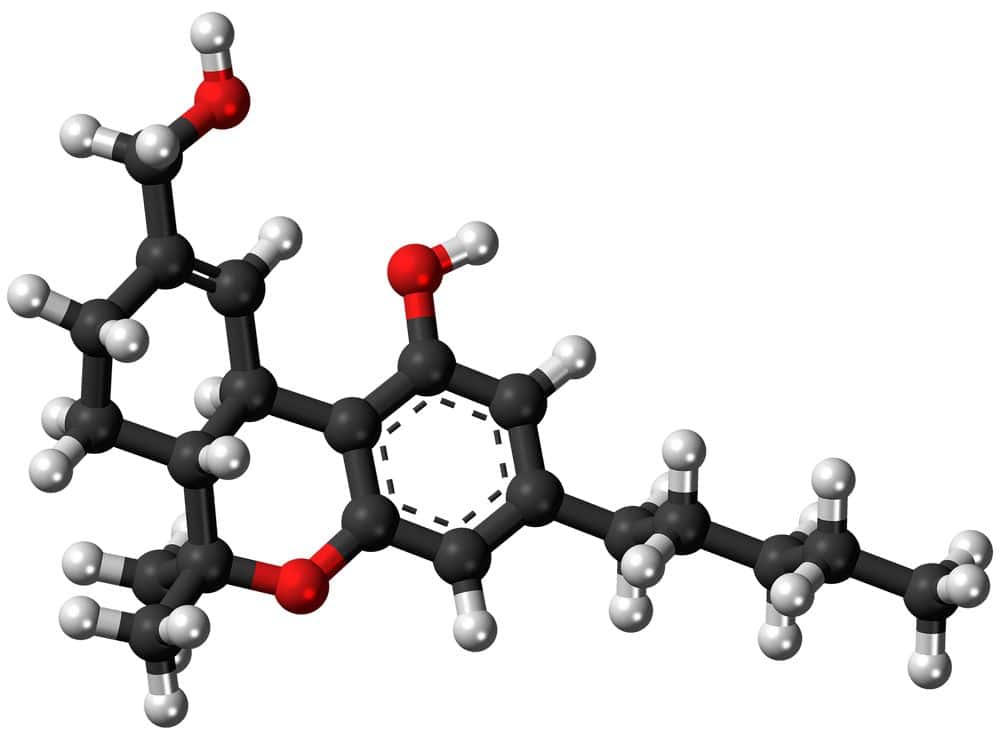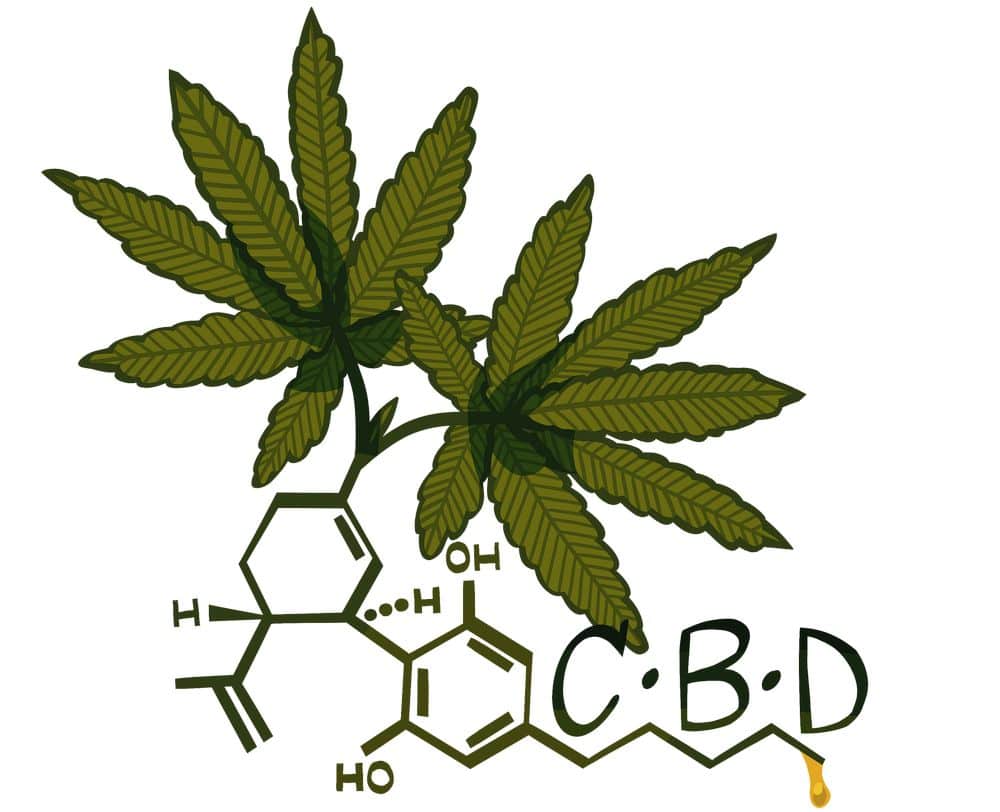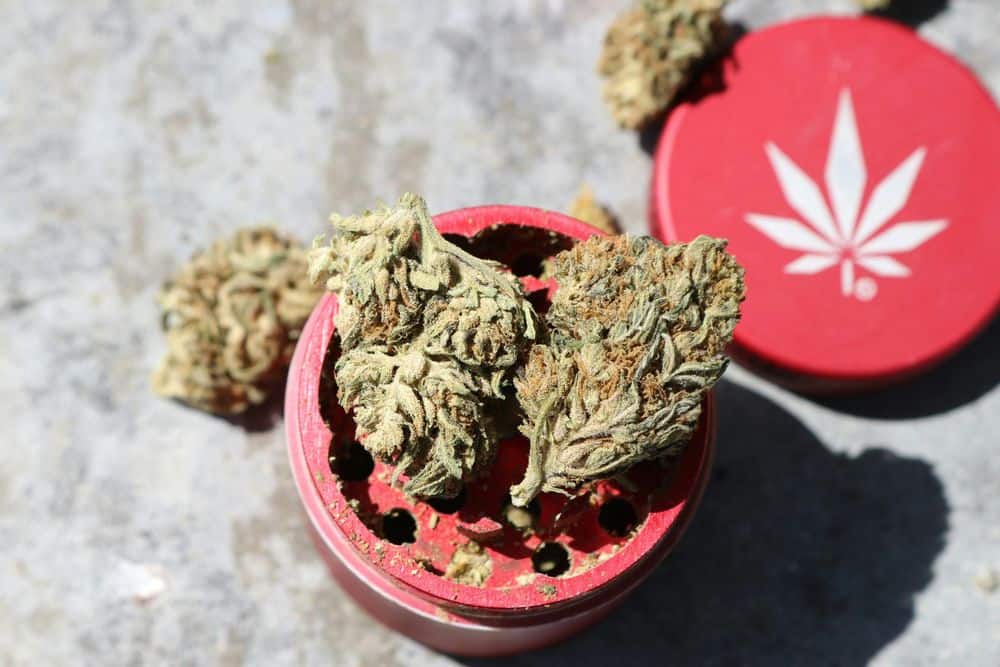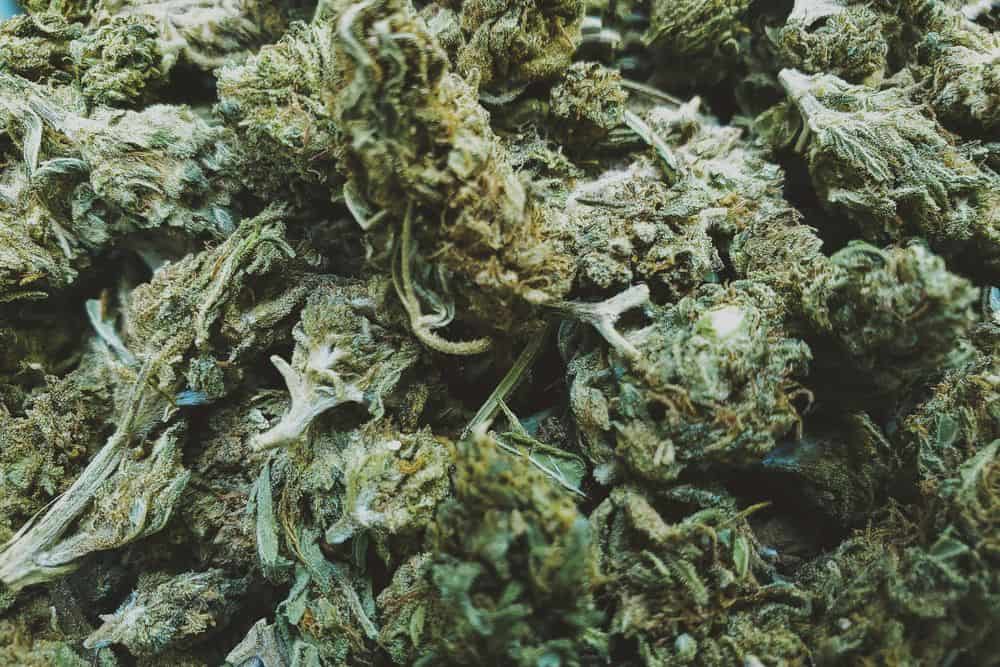 You’ve heard of THC, THB, CBN and CBD, right?
You’ve heard of THC, THB, CBN and CBD, right?
But what are they exactly?
And how do those compounds related to the potency of a marijuana plant?
That’s exactly what we are going to cover below.
We’ll also ignore the one three-letter abbreviation of the four listed in the first sentence that I completely made up.
Did you catch that? Do you know which one it is?
It’s THB. That is not a thing. But the other three are and let’s dive right in and learn all about them.
Contents
Understanding The Key Cannabinoids: THC, CBN & CBD
There is a whole science to marijuana potency and the the three key cannabinoids–THC, CBN, and CBD–play a major role in it. Let’s begin by learning what those are exactly.
What Is THC (Tetrahydrocannabinol)?

THC, or tetrahydrocannabinol, is the primary psychoactive component in marijuana. It’s the compound responsible for the “high” that you experience when consuming cannabis.
THC exerts its effects by interacting with the body’s endocannabinoid system, a network of receptors and chemicals that play a crucial role in regulating various physiological processes, including mood, appetite, pain sensation, and memory.
The primary receptors in the endocannabinoid system are CB1 and CB2. THC has a high affinity for CB1 receptors, which are predominantly found in the brain and central nervous system.
When THC binds to these receptors, it alters the release of neurotransmitters, leading to the characteristic psychoactive effects such as euphoria, altered perception of time and space, and increased appetite.
The potency of marijuana is directly correlated with its THC content. Higher levels of THC typically result in stronger psychoactive effects.
What Is CBN (Cannabinol)?
CBN, or cannabinol, is another cannabinoid found in marijuana, though it is present in much smaller quantities than THC. Unlike THC, CBN is not produced directly by the cannabis plant.
Instead, it forms as THC degrades over time, especially when exposed to oxygen and heat. This process of degradation often occurs when cannabis is improperly stored or allowed to age.
CBN is mildly psychoactive, but its effects are much less pronounced than those of THC. You may experience a slight sedative effect, which has led to its reputation as a compound that could aid in sleep.
While CBN is not as potent as THC, it is gaining interest for its potential therapeutic uses. Early research suggests that CBN may have anti-inflammatory, pain-relieving, and antibacterial properties, although more studies are needed to fully understand its benefits and potential applications.
What Is CBD (Cannabidiol)?

CBD, or cannabidiol, is one of the most well-known cannabinoids in marijuana. But unlike THC, it is non-psychoactive. This means that CBD does not produce the “high” associated with cannabis use. Instead, CBD is celebrated for its wide range of potential therapeutic benefits without the intoxicating effects of THC.
CBD interacts with the body’s endocannabinoid system in a different way to THC. It has a low affinity for CB1 and CB2 receptors but influences these receptors indirectly by enhancing the body’s natural levels of endocannabinoids.
CBD also interacts with other receptor systems in the body, including serotonin receptors, which are involved in mood regulation and pain perception.
The therapeutic benefits of CBD are diverse and have been the subject of extensive research. CBD has shown promise in managing conditions such as anxiety, chronic pain, epilepsy, and inflammation.
It is also believed to counteract some of the negative effects of THC, such as anxiety and paranoia, making it an important component in many medicinal cannabis products.
The Relationship Between THC And Weed Potency
THC plays a central role in determining the potency of marijuana, especially for recreational users. The intensity of marijuana’s psychoactive effects is largely dictated by the concentration of THC in the cannabis strain.
Higher THC levels generally result in stronger, more pronounced psychoactive experiences, including heightened euphoria, altered sensory perceptions, and a sense of relaxation or sedation.
Several factors influence the THC concentration in cannabis strains. The genetic makeup of the plant is a primary determinant, since different strains are bred for varying levels of THC.
Additionally, growing conditions—such as light exposure, temperature, soil nutrients, and harvest time—can significantly affect the THC content. For instance, harvesting cannabis at the peak of its flowering stage often results in higher THC levels.
Beyond genetics and cultivation, the processing and storage of marijuana also play a role. Proper drying and curing can preserve THC potency, while exposure to light, heat, and oxygen can cause THC to degrade into other compounds, like CBN, thus reducing the high it gives.
The Role Of CBN In Pot Potency

CBN is often regarded as a tell-tale sign that cannabis has aged or been poorly stored. As THC degrades over time, due to exposure to elements like oxygen and heat, it converts into CBN.
Consequently, the presence of CBN in a cannabis product typically indicates a lower THC content, thereby reducing the overall potency of the marijuana.
While CBN does have psychoactive properties, they are much milder compared to THC. CBN is known for its sedative effects, which are less intense and more subtle than the euphoric effects induced by THC. This makes CBN more associated with inducing sleep and relaxation rather than the high typically sought by recreational users.
The shift from THC to CBN in aged cannabis leads to a different user experience. Marijuana with higher CBN content may offer more of a calming or sleep-inducing effect, which could be desirable for those seeking to unwind or manage insomnia, but less appealing for those looking for the potent psychoactive effects associated with fresh, high-THC cannabis.
CBD’s Influence On Marijuana Potency
CBD has a unique and complex relationship with THC, particularly in how it modulates the overall potency of marijuana. While CBD itself is non-psychoactive and does not contribute to the high associated with cannabis, it plays a crucial role in influencing the effects of THC.
CBD is known to interact with the endocannabinoid system by indirectly influencing the same receptors that THC binds to. However, rather than amplifying the effects of THC, CBD often acts as a counterbalance
It can mitigate some of the more intense effects of THC, such as anxiety, paranoia, and short-term memory impairment. This balancing role makes strains with higher CBD content potentially more suitable for users seeking a milder, more controlled experience.
The presence of CBD in marijuana can also extend the therapeutic benefits of cannabis without intensifying the psychoactive effects. For medical users, this means they can experience relief from symptoms like pain, inflammation, or anxiety without the strong high that comes with high-THC strains.
CBD may help with conditions such as insomnia, epilepsy, multiple sclerosis, PTSD, migraines, nausea, Parkinson’s disease, schizophrenia, and opioid withdrawal symptoms.
THC, CBN & CBD And Cannabis Potency: Final Thoughts

Understanding the key cannabinoids—THC, CBN, and CBD—is essential for appreciating how they relate to marijuana potency and their respective effects.
THC, the primary psychoactive component, is responsible for the “high” associated with cannabis and directly influences its potency. Higher THC levels generally result in stronger psychoactive effects, making it a crucial factor for recreational users.
CBN, formed as THC degrades over time, offers milder psychoactive effects and is often associated with sedative properties. While it indicates lower THC content and reduced potency, CBN has potential therapeutic benefits, especially for those seeking relaxation or sleep aid.
CBD, a non-psychoactive cannabinoid, plays a unique role in modulating the effects of THC. It can counteract some of THC’s more intense effects, such as anxiety and paranoia, providing a more balanced and controlled experience. CBD’s wide range of therapeutic benefits makes it valuable for medical users seeking relief from various conditions without the intoxicating effects of THC.
By understanding the distinct roles and interactions of THC, CBN, and CBD, you can better tailor your cannabis experience to meet your specific needs and preferences, whether for recreational enjoyment or therapeutic purposes.
Leave a Reply